The Drive and its partners may earn a commission if you purchase a product through one of our links. Read more.
Controlling your car's traction is tricky when there is snow or ice on the ground. All vehicles, even ones with snow tires and all-wheel drive, can slip and slide in heavy snow. When the white stuff is piling up, especially in mountainous areas, often the best solution aside from staying home and sitting by a fire with a glass of whiskey, is to hook up a set of snow chains.
If you follow proper procedures, and some basic safety tips, snow chains are relatively easy to install, even while out on the open road by yourself. Some states regulate the use of snow chains, so check your local guidelines.
When you're all up to date on the rules and regulations, and a big snow's a-coming, here's how to use snow chains.
BasicsEstimated Time Needed: 30 minutes.
Skill Level: Beginner
Vehicle System: Your car's tires.
DepositphotosTo keep yourself and others safe, here are a few simple ways to help mitigate some of the risks while you're installing snow chains:
The great thing about typical tire chains is you don't need any special tools to get the chains on the tires, though you'll still need two fairly obvious things. They are...
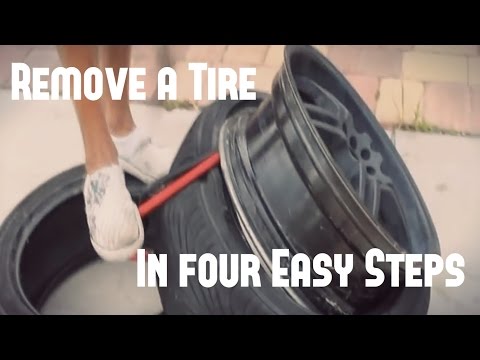
See what we mean?
Ideally, you'll want a flat, traffic-less and hopefully, snow-less, surface to ensure your own safety, your car's safety, and your pants from getting soaked while kneeling on the ground.
DepositphotosArranging Your WorkspaceOrganizing your tools and gear so everything is easily reachable will save precious minutes waiting for your handy-dandy child or four-legged helper to bring you the sandpaper or blowtorch. (You won't need a blowtorch for this job. Please don’t have your kid hand you a blowtorch—Ed.)
Snow chains can seem challenging to install, especially if it's your first time, so you should expect some trial and error that may or may not test your ability to use PG-friendly words while under duress.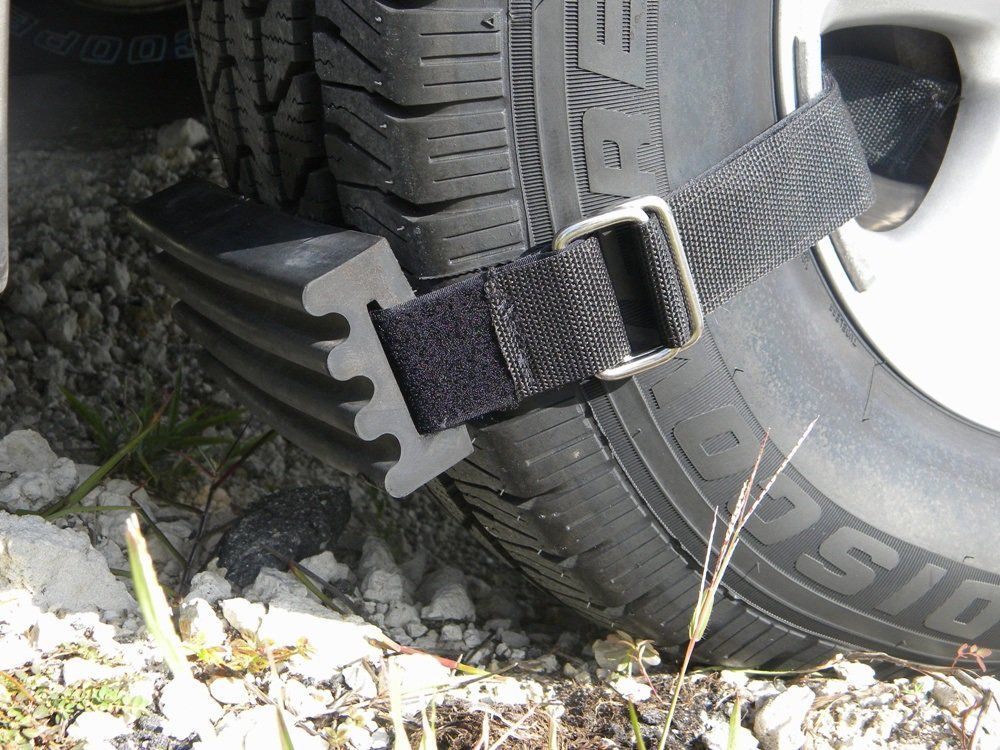 With some persistence and the occasional mumbled curse, you'll get a handle on them.
With some persistence and the occasional mumbled curse, you'll get a handle on them.
All right, let's get this party started!

You did it, congrats!
DepositphotosHere are our top tips for putting chains on, taking them off, and making sure you're safe on the road.

Only if your vehicle has all-wheel drive. Otherwise, you should only need chains on the drive wheels.
Not necessarily. If there is enough space above the tire and wheel arch, you don't need to use a jack. But you may need one to raise the body of the vehicle if there isn't adequate space.
Even the best snow cables can rotate and move around when you drive. It’s advised that you check the snow chains every time before you drive. If they move, they may loosen and become less effective.
Life HacksWe all have them, we all love them. And since you may not have access to the right tools, or have a friend you can bum a wrench off of, we also compiled a list of our best hacks to make your life easier and drain your pocket less. Here are our best life hacks for using snow chains.
And since you may not have access to the right tools, or have a friend you can bum a wrench off of, we also compiled a list of our best hacks to make your life easier and drain your pocket less. Here are our best life hacks for using snow chains.
Got a question? Got a pro tip? Send us a note: [email protected]
If you travel to the mountains or snowy areas regularly, sooner or later you’re going to have to use tire chains. Start by getting the right set for your vehicle at your local Les Schwab.
Quick-fit chains are not your grandpa’s tire chains. They are MUCH simpler to put on and take off. Here are a video, step-by-step instructions, and driving safety tips for installing quick-fit tire chains on your vehicle.
When you need chains, driving conditions are nasty. Snow is coming down, passing traffic is spraying slush, dirty water is dripping off your wheel wells, the road is slick, and it may be dark. Don’t make this the first time you put on your chains.
Practice installing your new chains once BEFORE you travel. Take advantage of a dry garage or driveway to make sure your winter tire chains are the right size and you’re comfortable putting them on. If needed, the professionals at Les Schwab Tire Centers can help.
Put together a simple winter road trip safety kit with warm gloves, waterproof layers, and other items to make your winter driving more safe and comfortable. In the winter, always carry this emergency kit and tire chains in your vehicle.
In the winter, always carry this emergency kit and tire chains in your vehicle.
Once you’re comfortable installing your chains, you’re ready to hit the snow.
Be Safe. If you’re on the road, pull off as far as possible onto a safe shoulder. Flip on your hazard lights. Put on your waterproof layers, hat, headlamp, and gloves from your winter road trip kit.
Identify the Correct Tires. If your vehicle is front-wheel drive, the chains go on the front. If it’s rear-wheel drive, chains go on the back. If it’s all-wheel drive, please check your owner’s manual. If you’re not sure, you can ask the experts at Les Schwab for help.
Pull Out Chains & Instructions. With your vehicle parked, open the bag and pull out your instructions and your first chain. Each bag comes with two chains.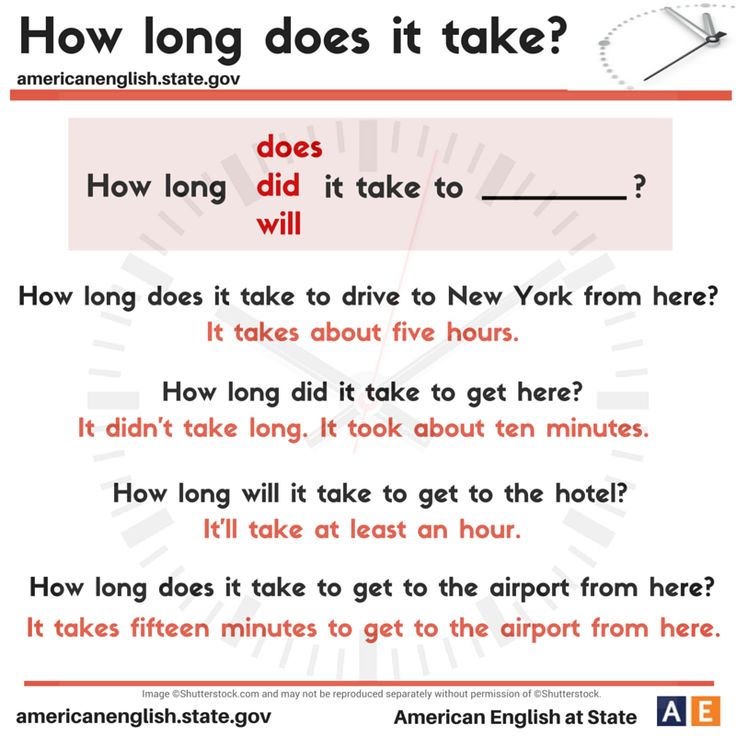 The plastic instruction mat that comes with your chains can be used as a barrier between you and the snow to keep you dry.
The plastic instruction mat that comes with your chains can be used as a barrier between you and the snow to keep you dry.
Untangle Your Chains. Holding them from the plastic-covered cable, make sure everything is straight and the chains are not looped over one another. Hold up your chains so the yellow end is in your left hand and the blue end is in your right.
The chains should hang loosely and the metal hooks seen along the yellow and blue sections should be facing away from you so they don’t damage your tires.
Place Chains onto Your Tire and Connect the Cable. Lay your chains on the ground and push them behind the tire, yellow cable end first, from the right side to the left.
Once the chains are centered behind the wheel, grab both ends and pull them up over the top of the tire.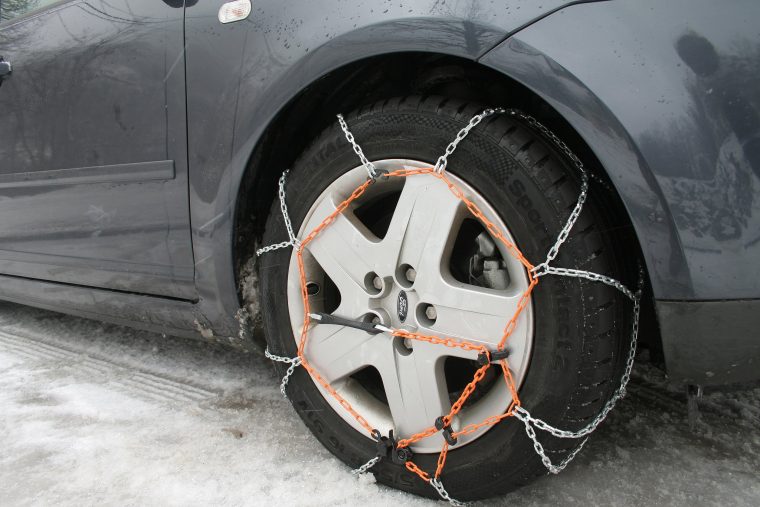 You should feel the chains against your axle.
You should feel the chains against your axle.
This will allow you to easily connect the yellow and blue ends of the cable by slipping one end into the other and pulling them into place.
Connect the Red Hook. Now that the cable is connected on top, look for the red hook directly opposite the cable connection. Connect the red hook on the right to the first available gold link on the left.
Check the Diamond Shape. Push the connected chain over the top of the tire. You should see the diamond shape in the chains against your tire. Between each of those diamonds is the center rail, which should be placed down the middle of the tire tread.
Connect the Red Chain Along the Bottom. Now that the cable is connected on top, look for the red hook directly opposite the cable connection.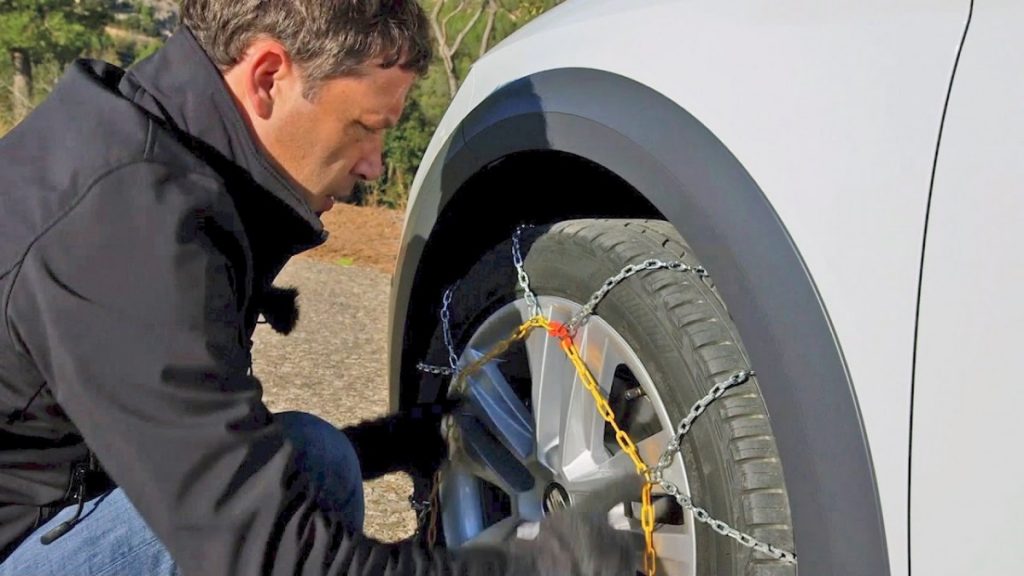 Connect the red hook on the right to the first available gold link on the left. Push the connected chain over the top of the tire.
Connect the red hook on the right to the first available gold link on the left. Push the connected chain over the top of the tire.
The bottom of the chains includes a red draw chain with bungee on your right, and a chain guide on the left. Pull these out towards yourself.
Take the long red chain and run it through the chain guide and pull as tight as you can with both hands. Don’t pull using the bungee. As you pull, one of the chain links will find its way into the notch on the red chain guide, locking it into place.
Using the bungee end of the red chain, pull it through one or both of the red loops and secure it to a gold-side chain opposite the red loops. If you can’t get it through both loops, that’s ok, pull tight through one and attach it to a side chain to the left of the loop.
Repeat on Second Tire. Repeat these steps to install chains on the other side of your vehicle.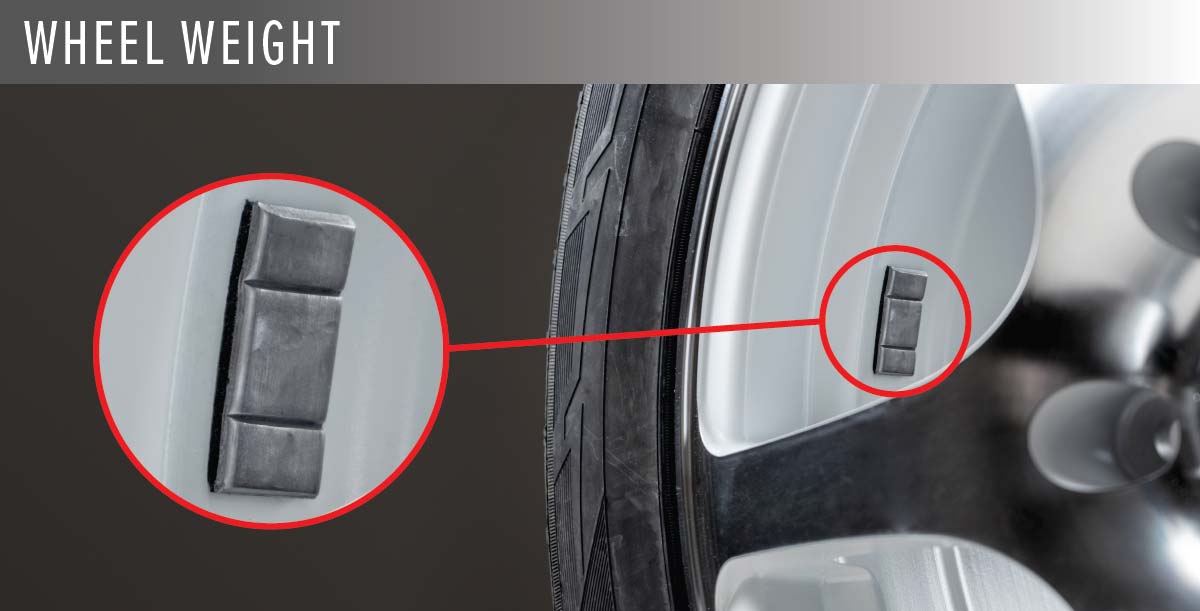
Drive Forward Slightly. The next step is to drive forward about 15 feet, or a full car length. This gives the chains a chance to relax and settle on your tires.
Re-tighten Chains. To take up any slack, unhook the rubber end of the red draw chain and pull it tight again. Once it’s tight, guide the red chain through the loops and, again, securely latch the bungee end to the gold-side chain.
The chains should be tight on the tire. And, be sure to stop if you hear them making any contact with your vehicle. If your chains are still loose, unhook the bungee and adjust the red hook straight across from the chain guide. Unhook and reattach to the tightest position on one of the three gold chain links. It’s okay if the extra links are hanging loosely. Now, you’re ready to reattach your bungee.
While driving with tire chains, listen for a loud sound of slapping, or metal on metal.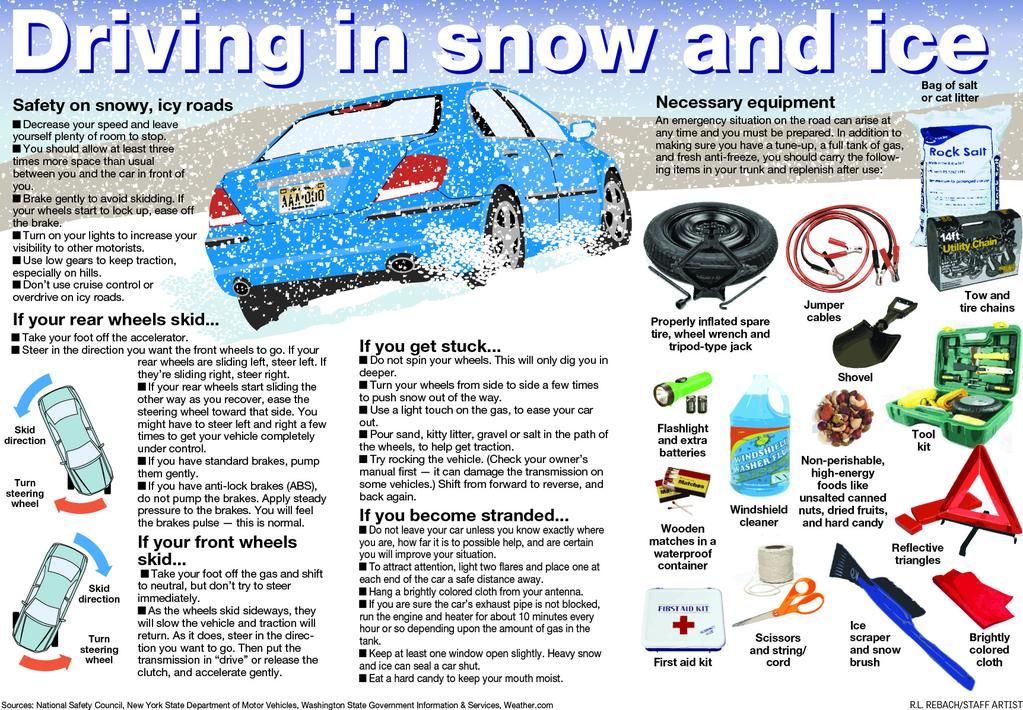 If you hear any indication that a chain may be broken or hitting your car, STOP as soon as safely possible. Loose or broken chains that flap can wrap around a strut or shock component, causing big damage to your vehicle. To help prevent damage, here are a few tips for driving when you have winter chains installed on your vehicle.
If you hear any indication that a chain may be broken or hitting your car, STOP as soon as safely possible. Loose or broken chains that flap can wrap around a strut or shock component, causing big damage to your vehicle. To help prevent damage, here are a few tips for driving when you have winter chains installed on your vehicle.
Pull over in a safe location and remove the chains. Start by unhooking the bungee and chain from the guide, removing them from the tensioner. Unlatch the red hook, and then undo the blue and yellow cable connection. Once all of your chains are off and lying flat on the ground, pull backward or forward slowly a few feet so you can safely pick them up.
At the end of your trip, lay your chains out in the garage and let them dry.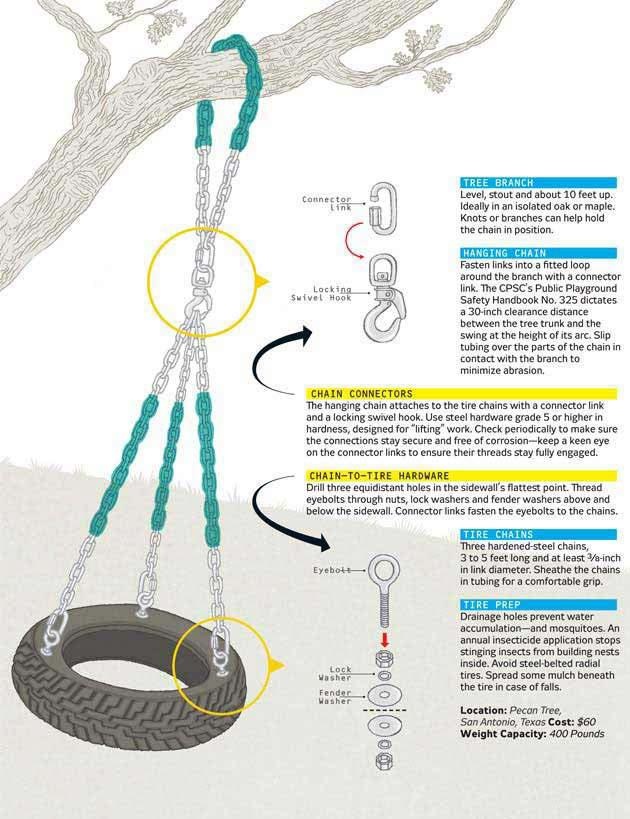 If you pack them wet, they can rust.
If you pack them wet, they can rust.
Also check them for wear, especially if you’ve driven them on asphalt for any distance. Look for flat spots, and replace the chains if you find some.
Link at left shows flattening from wear. Link in center shows sharp edge from wear that can damage a tire.
Remember, if you don’t use your chains all winter long, you can return them with proof of purchase to any Les Schwab for a full refund in the spring.
Get your next set of Quick-Fit chains, along with a few tips on how to install them, at your local Les Schwab, where doing the right thing matters.
Want more tips on winter road safety? See 19 Winter Driving Resources You Can’t Do Without.
Get More Winter Tips
In view of the fact that winter or even studded tires are almost universally used in Russia in winter, snow chains are not widely used. Except, maybe, areas of complete impassability.
Except, maybe, areas of complete impassability.
Contents
Whereas in Europe, on the contrary, few people use studded tires. And when traveling to ski resorts, on some roads you may encounter a mandatory requirement to use snow chains.
You will be informed about this by the relevant road sign. And the fact that you can have winter tires installed will not matter. So for peace of mind, it's better to have chains in the trunk.
New vehicles are often offered with different wheel/tyre sizes. Some of them may not be suitable for fitting snow chains.
The problem is that installing chains adds a few centimeters to the width and diameter of the tires. This means that with some wheel/tire combinations, the snow chains will hit the body, suspension or parts of the braking system, which can lead to serious consequences.
Circuits can also interfere with the correct operation of the electronic sensors mounted on the steering wheel.
The vehicle manual must clearly state which wheel size the manufacturer allows snow chains to be used with.
If the chains cannot be used with the wheels installed on your machine, then your only option is to buy a second set of wheels/tyres.
You should only use snow chains where the road surface is completely covered by compacted snow or ice.
If signs require the use of snow chains, they must be fitted to all vehicles. Including those equipped with both winter and studded tires.
If you attempt to use the chains on a road that has been cleared of snow, you risk damaging the road surface and the vehicle. If you damage the road surface, you may face a large fine.
Therefore, as soon as you reach a section of the road free of snow or ice, you must select a level place and remove the chains.
It can be quite inconvenient to install or remove chains, for example when the wheel arches are filled with snow and your gloved hands are wet and cold.
So when you buy chains, don't just throw them in the trunk and forget about them. The practice of installing them at home when the weather is warm and dry, and you feel much more confident when you have all the necessary tools at hand, will help to cope with them in more difficult weather conditions.
At least one pair must be used on the drive wheels. But two pairs are better, especially if you spend a lot of time in conditions where snow chains are a must.
As a general guide:
As a general rule, traction control (a system that controls the amount of slip on the vehicle's drive wheels to prevent them from spinning during acceleration) should be disabled when snow chains are used.
It is important to drive carefully with snow chains fitted. For cars with chains, different countries have their own speed limits. Reduce speed when cornering and avoid sudden acceleration and braking.
A few tips for using chains:
The video below shows how to install snow chains on the wheels (you can watch other videos on our YouTube channel).
More articles in this section :
New products of the online store are presented by our experienced consultant Sergeyich. Today we are talking about means of increasing cross-country ability on snowy roads.
Today we are talking about means of increasing cross-country ability on snowy roads.
If you do not get to the sign, then we have lost the road
Humor from the network
of our person not to frightize the snow. There is no need to persuade people to change into winter tires today either - the clatter of thorns on the cleared city asphalt is constantly heard. Yes, but it is not everywhere, this same asphalt. For example, I prefer real winter to urban slush - with snowdrifts, country trips, ski resorts, and so on. And therefore I know perfectly well: without preparation, it is both stupid and dangerous to travel on such roads. In some cases, winter tires alone are not enough - and in some places they simply won't let you in! Something else is needed...
When the wheels are sunk in snow (or any other soft ground), it is useless to step on the gas. Sit on your belly, burn the clutch - in general, it will become very bad. Previously, in such situations, I put everything that came to hand under the wheels - boards, branches and everything else. But today a more civilized solution is known - the so-called trucks. Sometimes they are called sand trucks, but the essence of this does not change. We are talking about profiled plates made of aluminum, steel or plastic - there are a lot of options. On my own behalf, I’ll add that heavier metal tracks can be straightened during deformation - unlike light and bright plastic ones, which “make a mistake only once”.
Previously, in such situations, I put everything that came to hand under the wheels - boards, branches and everything else. But today a more civilized solution is known - the so-called trucks. Sometimes they are called sand trucks, but the essence of this does not change. We are talking about profiled plates made of aluminum, steel or plastic - there are a lot of options. On my own behalf, I’ll add that heavier metal tracks can be straightened during deformation - unlike light and bright plastic ones, which “make a mistake only once”.
Using the tracks is not very difficult: just push the product under the buried drive wheel in the direction of the machine. By the way, in some cases I had to use the truck as a stand for the jack. Those who have had to change a wheel on a snowy road will understand me right away. By the way, I completely forgot - such products are not tied to the brand of the car ...
The chain is just such a "bells and whistles", without which you will simply not be allowed on some European roads. Of course, you can buy them somewhere closer to the Alps, but I prefer to prepare for long trips in advance. Yes, and my budget is not rubber.
Of course, you can buy them somewhere closer to the Alps, but I prefer to prepare for long trips in advance. Yes, and my budget is not rubber.
Car snow chains are a kind of car seat cover. They usually consist of two longitudinal chains or cables running around the circumference of the wheel, which are connected by transverse chains that increase the car's flotation on snow, ice, etc. The service life of chains is a priori higher than, say, belts or bracelets. Let me remind you right away that chains are not universal - they must be selected specifically for your car. And if you change the car, then it is quite possible that you will have to say goodbye to the chains. By the way, if you have very low-profile tires, then you may not find chains for it. But who will go to the Alps on low-profile tires?
I would not call the installation difficult - you just need to carry it out before entering the problematic section of the road.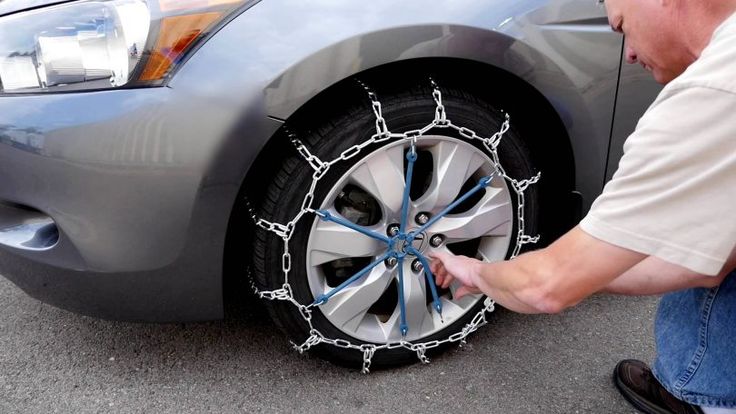 It takes me ten minutes on the strength. "Snow" chains are mounted in one step, and the final "landing" occurs automatically when the car is moving. There are also so-called mud chains, but today we are interested in snow expanses. Although the meaning is obvious: we are going to the dacha on asphalt - we don’t need to wear anything, we moved out to a muddy area with ups and downs - we can put it on. By the way, all the chains help to keep the car in oncoming sidings with a slope of the road. Off-road driving requires a certain culture, believe me! I will add that mud chains do not have a self-tensioning mechanism, they have nothing to clog. Moreover, they are cheaper than "snow". From personal experience, I will say that after installing mud chains, it is advisable to get out of the car literally after a dozen meters and hold on to the chain.
It takes me ten minutes on the strength. "Snow" chains are mounted in one step, and the final "landing" occurs automatically when the car is moving. There are also so-called mud chains, but today we are interested in snow expanses. Although the meaning is obvious: we are going to the dacha on asphalt - we don’t need to wear anything, we moved out to a muddy area with ups and downs - we can put it on. By the way, all the chains help to keep the car in oncoming sidings with a slope of the road. Off-road driving requires a certain culture, believe me! I will add that mud chains do not have a self-tensioning mechanism, they have nothing to clog. Moreover, they are cheaper than "snow". From personal experience, I will say that after installing mud chains, it is advisable to get out of the car literally after a dozen meters and hold on to the chain.
By the way, there are still distant relatives of chains - the so-called composite chains. Sometimes they are called nets because of the characteristic tread pattern.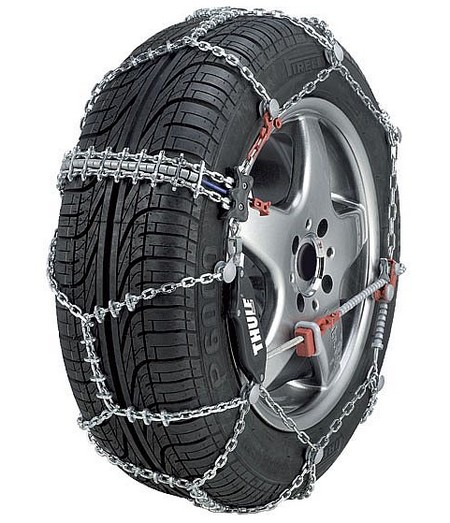 I recommend them only for short snowy sections of the road: after all, this is not so hot what a reliable little thing. However, as my colleagues note, if a car has expensive alloy wheels, then it is much easier to damage them with chains than with nets. I won't argue with that.
I recommend them only for short snowy sections of the road: after all, this is not so hot what a reliable little thing. However, as my colleagues note, if a car has expensive alloy wheels, then it is much easier to damage them with chains than with nets. I won't argue with that.
It is better to put them on all four wheels - remember this. And it doesn't matter if you have an all-wheel drive car or not. The meaning is clear: the car must brake well! Chains are selected precisely according to the standard size. However, my acquaintances assure me that neither the manufacturer nor the police insist on purchasing two sets of chains for all wheels: one set per axle is enough. But I am convinced that when installed on all wheels, efficiency will only increase!
Bracelets for wheels - this kind of chain, sawn into pieces - from afar you can mix it up! 5-6 pieces are put on each wheel, although sometimes only one is enough to get out of a snow trap. I know from my own experience that bracelets can be mounted both in advance and already "after" - although the latter, of course, is heavier.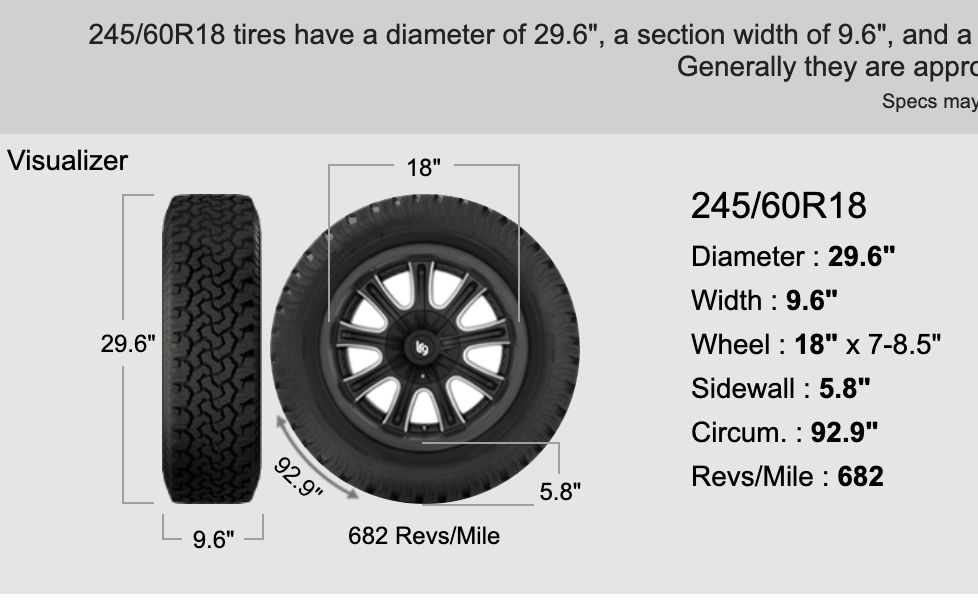 By the way, you can’t spoil the porridge with oil: the more bracelets on the wheel, the better. But they wear out more than a classic chain.
By the way, you can’t spoil the porridge with oil: the more bracelets on the wheel, the better. But they wear out more than a classic chain.
When purchasing bracelets, be sure to consult the seller: some wheels cannot be put on. This happens if, for example, the slots in them are too narrow, and also if the wheel itself is so small that the bracelet starts to catch on the caliper.
Don't expect a particularly smooth ride with bracelets. But on the snow they row confidently - I personally checked it on different machines. I note that bracelets have good versatility: the exact size when buying is not needed. One set is suitable for all passenger cars, the second for all crossovers, and the third for SUVs. The difference is in the length of the belt and the number of links. But in general, bracelets can be called the most democratic helpers of a novice "rogue": to be honest, special knowledge is not needed when choosing them.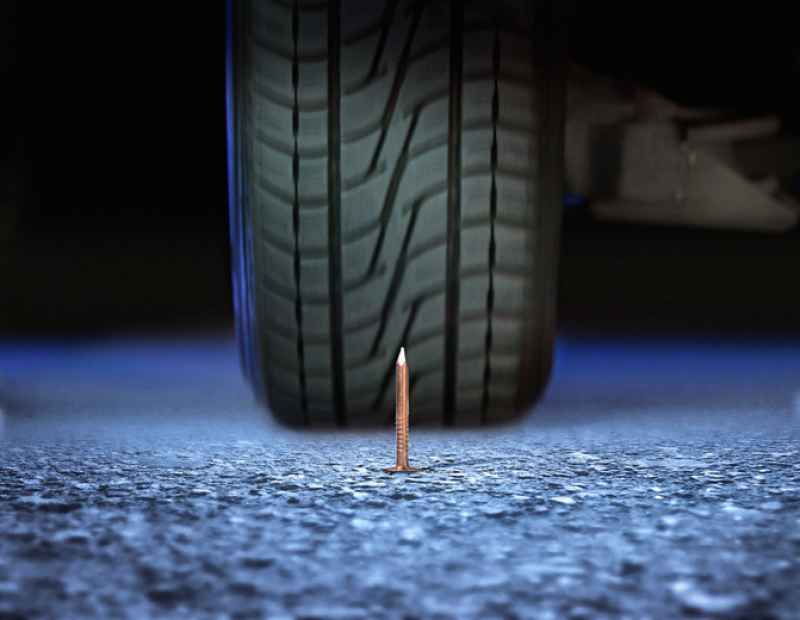
Belts for wheels are, like bracelets, also the younger brothers of chains. They are usually made from some kind of synthetic material - most often from polyurethane. However, I have also seen plastic products with metal lugs - there are quite a few options. Some manufacturers use the term "overlay" - in my opinion, this is almost the same plastic accessory with a different appearance. But in any case, they are distinguished from chains and bracelets by their lower strength. In general, I would classify them as pretty trunk dwellers rather than tough off-road fighters. Although for a gift under the Christmas tree it is an ideal thing: cute and at the same time by no means useless. You just need to remember that you can install them, like bracelets, not on every wheel. I constantly remind all my friends: if there are narrow slots on the wheel or if the wheel size is such that any belt starts to cling to the caliper, then the purchase will have to be abandoned.